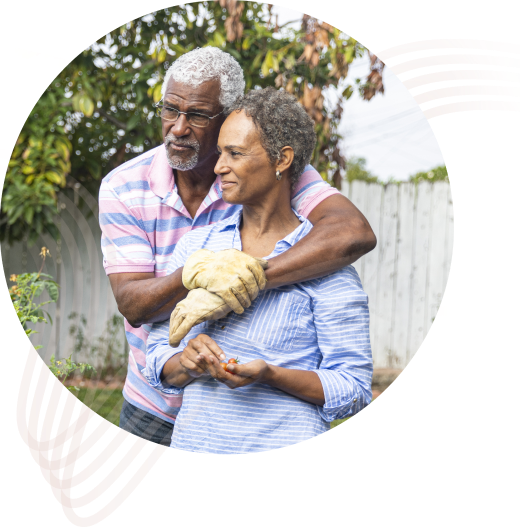Diversity in clinical studies
Why representation is essential for creating better options for everyone with lymphoma


If you or someone you know has been diagnosed with lymphoma, you may have heard about clinical research studies as an option. Clinical studies are research studies that test new treatments or medical devices, as well as investigating new ways to use existing treatments. They are an important part of the development of new therapies for lymphoma.
It's important to understand why diversity matters in lymphoma clinical trials. Lymphoma adversely affects different populations. Gender, age, and geographic location all have an impact, with most cases occurring among elderly men (>60 years age).1, 2 Men are more likely to develop Non-Hodgkin lymphoma than women,2 and the presence of pre-existing conditions, and infections such as HIV, human T-cell lymphotrophic virus, and Epstein Barr virus, can also affect the likelihood of developing lymphoma.3
In the USA, white people are more likely to develop Non-Hodgkin lymphoma than African Americans and Asian Americans.2 However, outcomes are even worse for some types of lymphoma among minority groups,4 and more research needs to be done to improve treatment for everyone.
Clinical study participants should include individuals from different racial and ethnic backgrounds, genders, ages, income brackets, and geographic locations. When clinical studies include a diverse group of participants, researchers can more accurately determine how effective a treatment is across different populations and identify potential side effects or complications that may be unique to certain populations.
If you are interested in participating in a clinical study, talk to your doctor about available options and the importance of diversity in research. Together, we can work towards developing more effective and equitable treatments for lymphoma.

If you would like more information on diversity in clinical studies and why it’s important, please download the brochures below.
Citations
- Bray, F., Ferlay, J., Soerjomataram, I., Siegel, R. L., Torre, L. A., & Jemal, A. (2018). Global cancer statistics 2018: GLOBOCAN estimates of incidence and mortality worldwide for 36 cancers in 185 countries. CA: a cancer journal for clinicians, 68(6), 394–424. https://doi.org/10.3322/caac.21492
- American Cancer Society. Non-Hodgkin Lymphoma Risk Factors. Retrieved May 16, 2023, from https://www.cancer.org/cancer/types/non-hodgkin-lymphoma/causes-risks-prevention/risk-factors.html
- Centers for Disease Control and Prevention. Lymphoma. Retrieved May 16, 2023 from https://www.cdc.gov/cancer/lymphoma/index.htm
- MacDougall, K., Day, S., Hall, S., Zhao, D., Pandey, M., Ibrahimi, S., Khawandanah, M., Chakrabarty, J.H., Asch, A., Nipp, R., Al-Juhaishi, T. (2023). Impact of Race and Age and their Interactions on Survival Outcomes in Patients With Diffuse Large B-Cell Lymphoma. Clinical Lymphoma, Myeloma and Leukemia, 23(5), 379–384. https://doi.org/10.1016/j.clml.2023.01.015